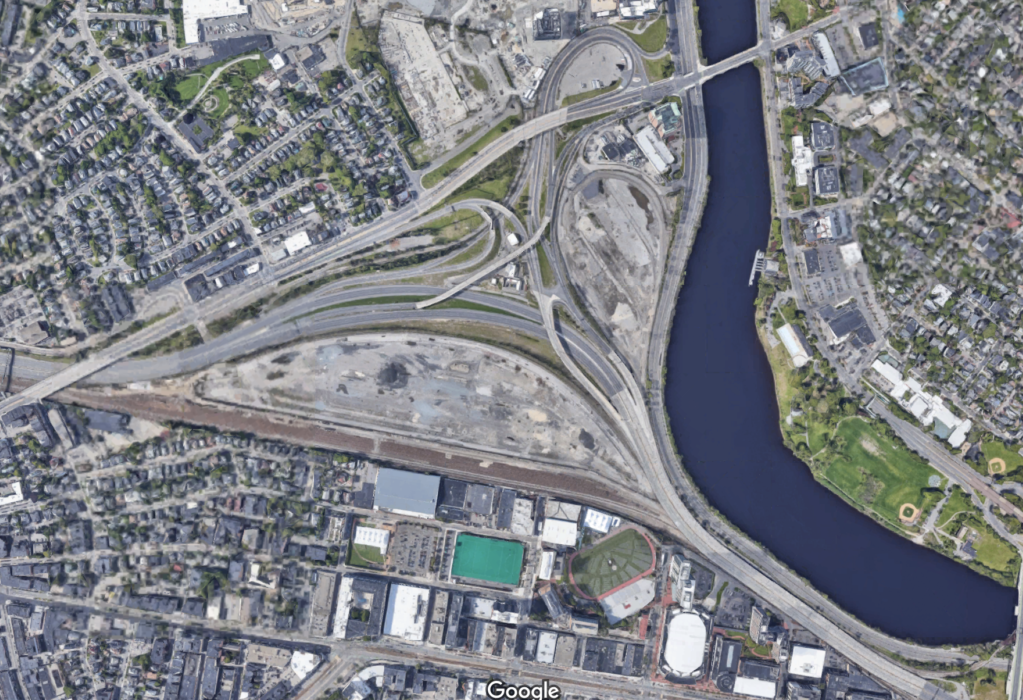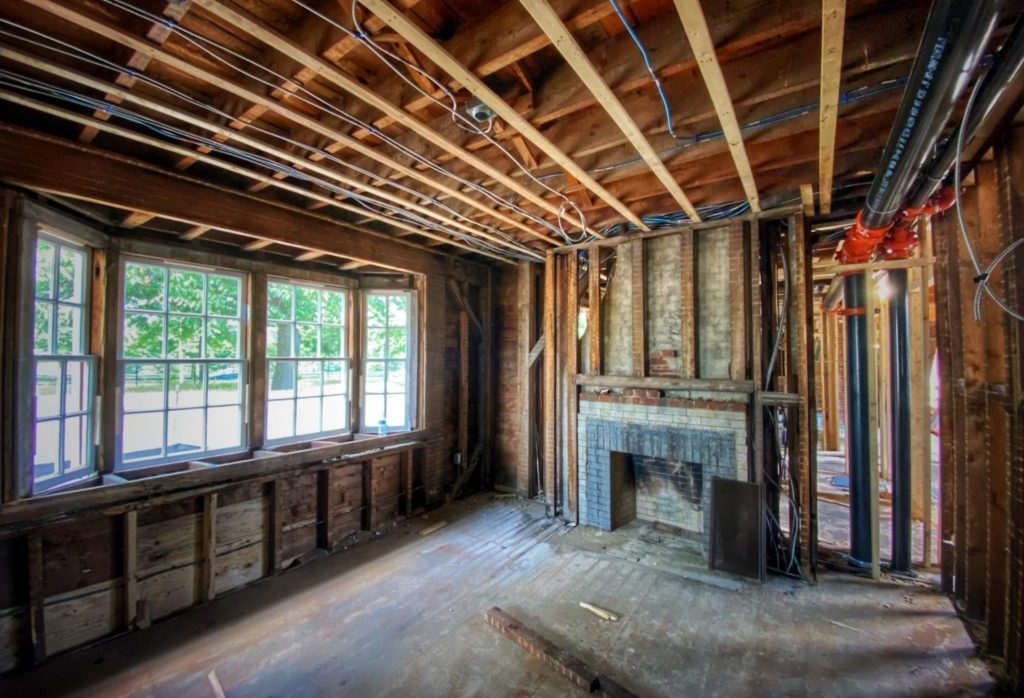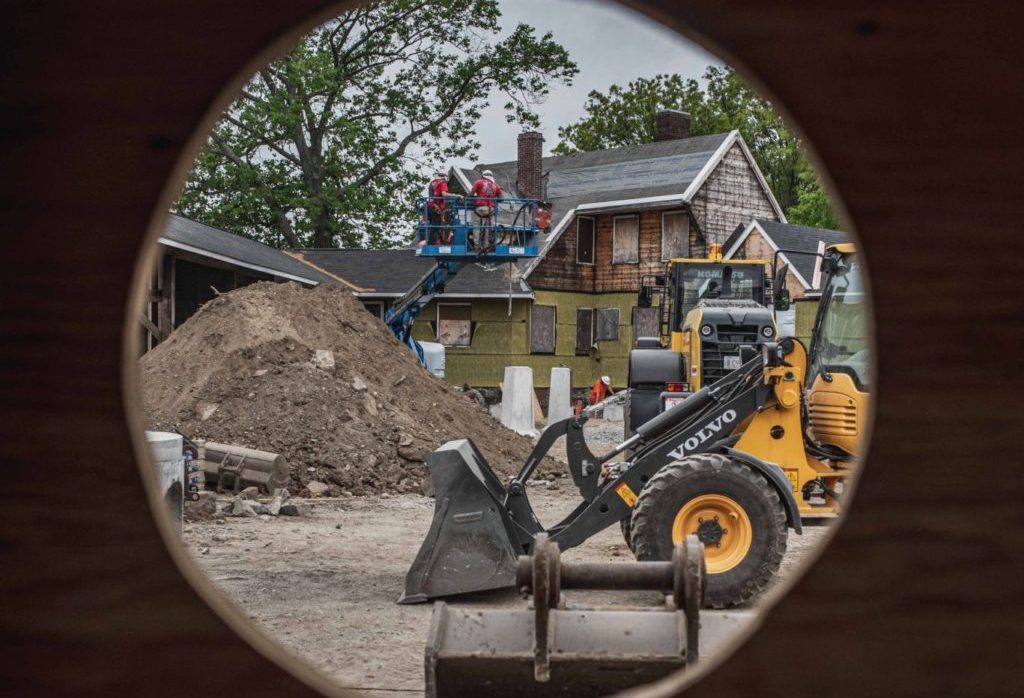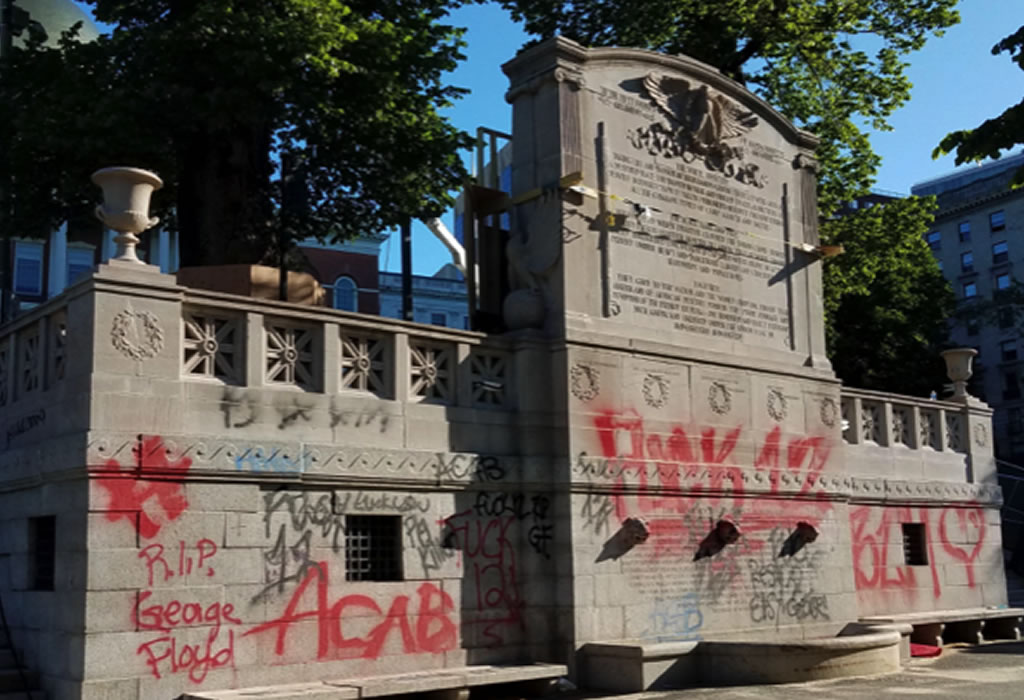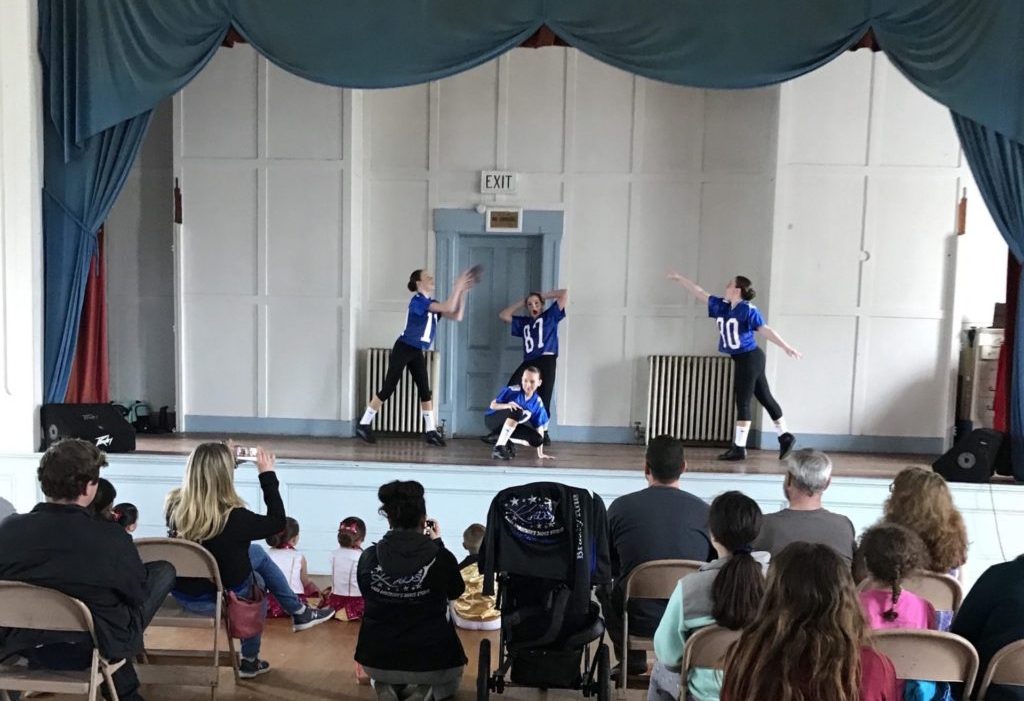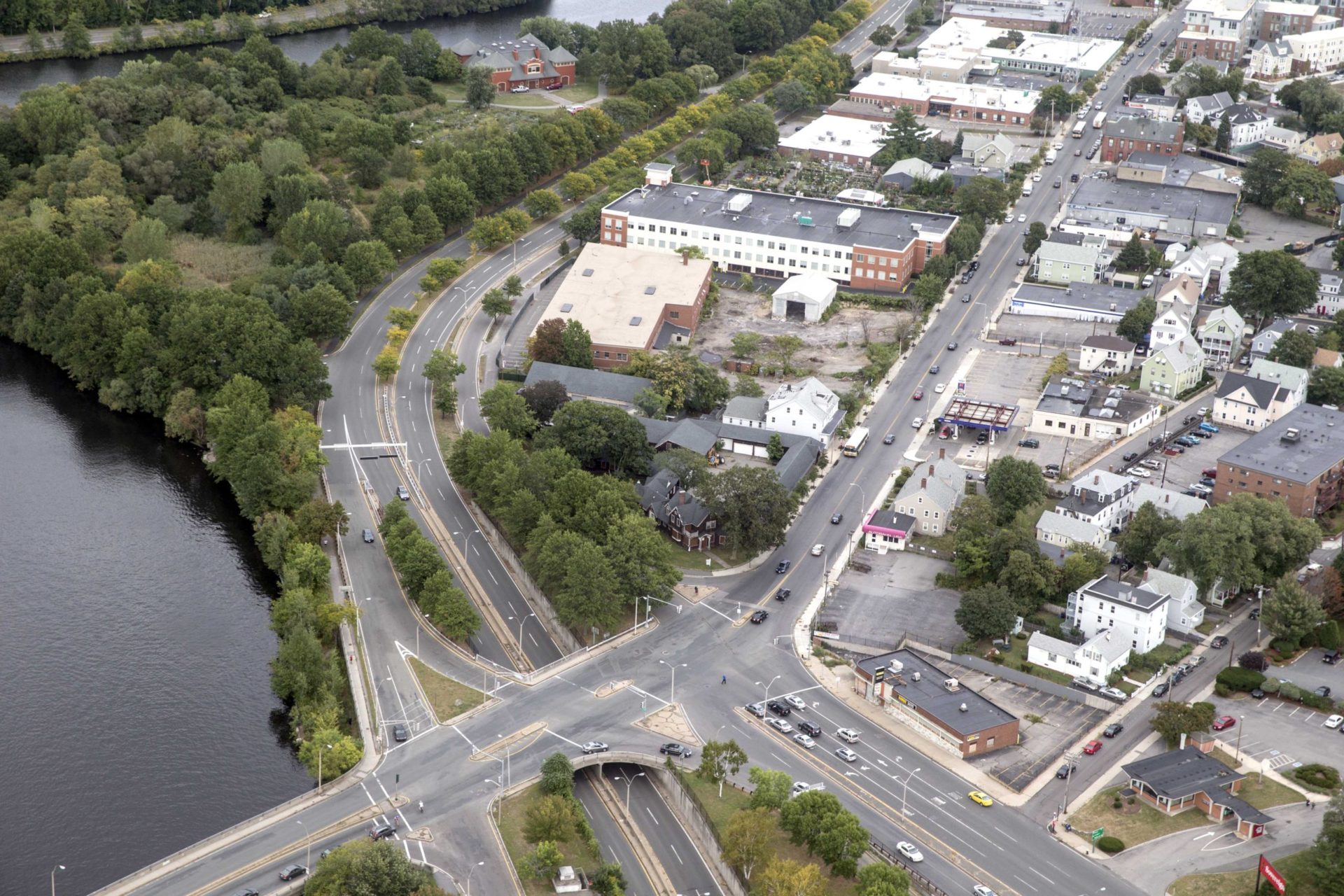Is There Room for Equity on the Mass. Pike?

The Mass. Pike Extension has always been controversial. To some, it is an ugly source of pollution that divides communities and inhibits access to the Charles River. Transportation and environmental advocates castigate the “obsolete, failed transportation policy that placed a highway above the needs of neighborhoods and the environment.” Yet to others, it is a lifeline ensuring access to jobs, city culture, and low-density living. With a pre-COVID average of 150,000 trips per day, the interstate has been a critical link between Boston and western areas of the Commonwealth with little access to public transit. The current impasse around the Allston Multimodal Project, MassDOT’s planned realignment of the Pike, is the latest iteration of a debate that centers around questions of community preservation and equity.
By now, the project’s details are well-known. The Mass. Pike Extension would be straightened through the former Beacon Park Yard, and the wasteland of entrance and exit ramps turned into a new Harvard University-developed neighborhood. West Station would finally be built along the Commuter Rail’s Boston-Worcester line. Sun-scorched Cambridge Street would become a landscaped, bike-friendly boulevard. And the portion of the highway elevated on the crumbling Allston Viaduct would be either repaired or reconstructed at grade. Everyone agrees the project is necessary and would benefit, well, everyone. But nobody seems to agree on how to squeeze the Pike, Soldiers Field Road, the Commuter Rail, bike and pedestrian paths, and a modicum of grass into the section of the Charles River known as the Throat. The differences that have emerged between those who commute along the viaduct and those who live in its shadow raise a question that has plagued the Mass. Pike since its earliest days: who stands to gain most from the project?

MassDOT’s July 2019 proposal for the Allston Multimodal Project.
It can be hard nowadays, amid Boston’s development boom and the looming climate crisis, to understand why transportation planners opted to separate communities from each other and the Charles River to accommodate an interstate. Yet their decision, damaging as it was, had context. By the 1960s, Boston was becoming known as a has-been city. Manufacturing was at an all-time low after forty years of decline. Work was drying up at the Boston Navy Yard, which would soon close after nearly two centuries of operation. Suburban development, driven by white flight and post-war American Dreams, spurred the construction of office parks and shopping malls that drew white-collar and retail jobs out of the urban core. The Charles River was already polluted from centuries of industry along its banks. Environmentally friendly transportation policies rarely factored into planning discussions at a time when the car was king and climate change relatively unknown. With U.S. News and World Report declaring that Boston was “dying on the vine,” planners seemed to face a stark choice: preserve neighborhoods or preserve a city. They chose the latter.
Typical of mid-century highway projects, the immediate beneficiaries were people with means, and the immediate victims, low-income and Black communities. Under the bull-headed leadership of William F. Callahan, the Massachusetts Turnpike Authority had purchased a right-of-way from the declining Boston & Albany Railroad, facilitating construction of the Mass. Pike from West Stockbridge to Route 128 between 1955 and 1957. The Turnpike Authority used the same right-of-way in 1962 to extend the road into Boston, connecting the western suburbs to the city. The project drew fierce opposition from communities in Newton and Allston-Brighton that were squarely in the bulldozers’ way. Though building the Mass. Pike Extension along an existing railroad reduced the need to seize land through eminent domain, those who were uprooted included society’s most vulnerable – people whose race or income forced them to live beside train tracks in the first place. Of the 350 homes and businesses demolished in Newton, ten percent belonged to the Hicks Street African-American neighborhood, which the Mass. Pike nearly eradicated. On top of the injustices common to all displaced community members (the Turnpike Authority gave locals merely two to four months’ notice to relocate and has been accused of insufficiently compensating them for lost property) racial discrimination prevented many evicted Black residents from buying new homes in the city. Meanwhile, highway construction in Allston-Brighton led the MBTA to discontinue the Green Line’s A-branch, rendering inefficient bus service the most accessible means of public transit for the working-class neighborhoods riven by the Pike. At least initially, the highway’s benefits were distributed unequally among the communities along its path.

Yet the idea that the Mass. Pike Extension has helped only the affluent and hurt only the vulnerable is simplistic. In the decades following its construction, Boston flourished. Improved transportation networks brought new industries to the city that attracted both high and low-skilled workers. Small businesses grew alongside increased foot traffic and disposable income. Urban residents enjoyed a more convenient travel route to locations outside the city. Even communities that disproportionately endured the highway’s negative impacts benefitted to some degree from the boost it gave to the regional economy. Now Boston’s prosperity has given way to gentrification. As historically working-class neighborhoods like Allston-Brighton grow prohibitively expensive, low-income people are moving to more affordable towns far from MBTA stations. The Mass. Pike – rightly criticized, by those who can still afford to live in or near Boston, for its chronic congestion, pollution, and damage to the neighborhoods it runs through – is often the most convenient way for residents of these western communities to commute to work in the city. And herein lies a great irony: the highway that helped resurrect Boston’s economy and facilitated suburban growth at the expense of working-class urban communities, today enables low-income people displaced by Boston’s soaring rents to reach jobs in the city at the expense of those same, now rapidly gentrifying neighborhoods.
The view from Cambridge Street in Allston isn’t pretty. To the southeast, a knot of entrance ramps and exit ramps, underpasses and overpasses, looping through construction sites and empty lots. The Mass. Pike slicing Allston-Brighton in half, eight high-speed lanes clogged with cars. Beacon Park Yard stripped of train tracks, bulging like a growth against the highway’s curving southern edge. This no-man’s land of heat, dust, and noise is what MassDOT’s Allston Multimodal Project seeks to fix. But whether the Mass. Pike is on a viaduct or on the ground will do little to solve the larger problems historically intertwined with the highway – income and racial inequality, environmental and transit injustice, gentrification and political disfranchisement. The time has come for project stakeholders to reach a compromise and to redirect their time, energy, and considerable talents to tackling the bigger issues.
Architectural Heritage Foundation is a 501(c)3 dedicated to stimulating economic development in disinvested communities through historic preservation. Follow AHF and its projects on Facebook, Twitter, Instagram, and LinkedIn.
